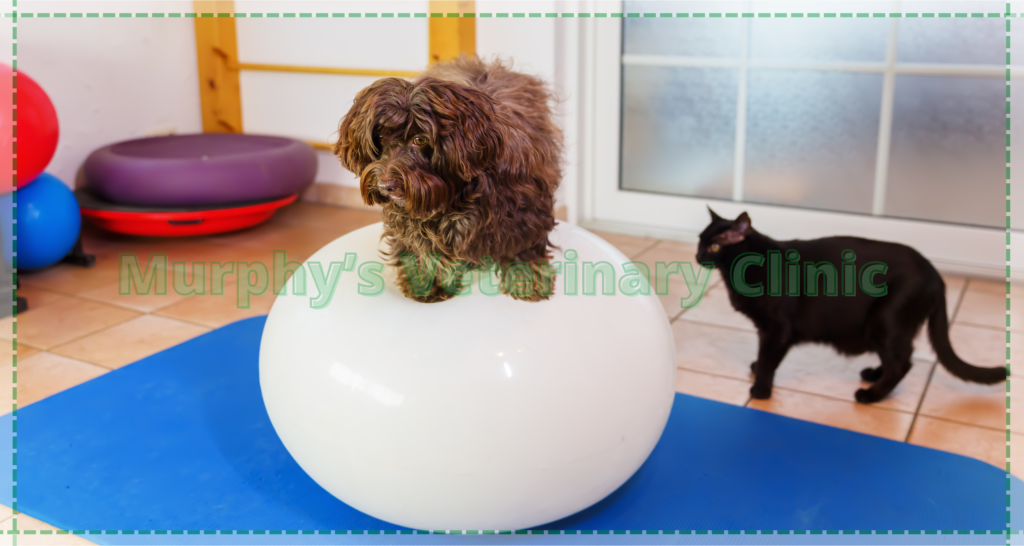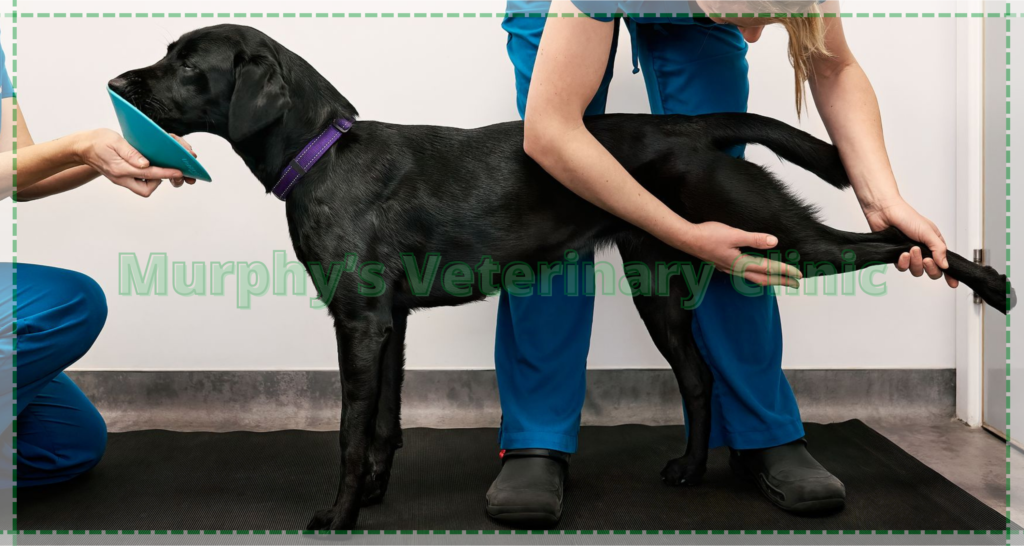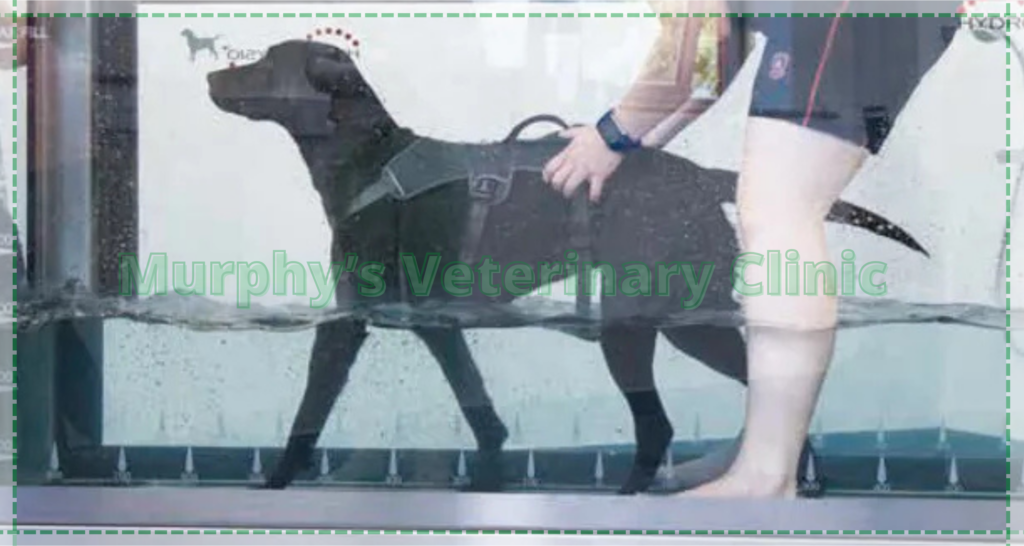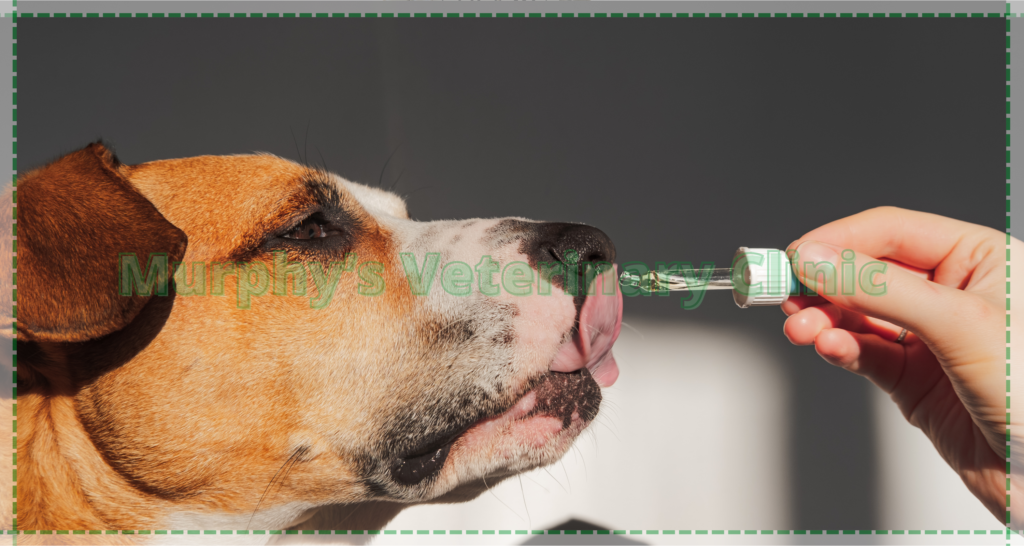Health & General Care
Pet Physiotherapy Exercises
Pet physiotherapy exercises and mobility routines play a crucial role in improving the quality of life of pets. When a pet suffers from an injury, surgery, or chronic illness, their mobility and physical strength may decline. In such cases, targeted pet physiotherapy can help restore normal body function. These programs include strengthening, stretching, and balancing exercises tailored to the pet’s condition. Pet physiotherapy not only reduce pain but also prevent muscle atrophy and improve daily movement. With regular mobility routines, pets can return to normal life faster. This non-invasive and supportive treatment also reduces the need for medication. In this article, we’ll explore practical methods and effective routines for pet physiotherapy exercises.

The Importance of Pet Physiotherapy Exercises During Recovery
Pet physiotherapy exercises during the recovery phase after surgery or injury significantly accelerate the healing process. Pets with orthopedic or neurological limitations can regain mobility through targeted movements. Techniques such as massage therapy, underwater treadmill, and electrical muscle stimulation are used to reduce pain and stiffness. Gradually increasing mobility also prevents muscle loss. These exercises are typically recommended by a veterinarian or certified animal physiotherapist and must be tailored to the pet’s breed and physical condition. A well-planned routine greatly increases the effectiveness of pet physiotherapy . Owners should provide a calm and safe environment for therapy sessions and be consistent with support.

Home-Based Pet Physiotherapy Exercises for Mobility Improvement
Simple at-home routines are among the most effective pet physiotherapy exercises. These include gentle stretches, sit-to-stand motions, and slow walks in controlled environments. Doing these exercises daily strengthens muscles and improves joint flexibility. Home-based pet physiotherapy can use tools like soft balls, mini hurdles, or ramps. It’s essential to perform these activities gently, without overstraining your pet.
- Sit-to-Stand Repetitions: This strengthens hip and thigh muscles. Use treats to encourage your pet to sit and stand repeatedly.
- Limb Stretching Movements: Slowly stretch your pet’s legs forward and backward to improve flexibility.
- Ramp or Step Training: Ramps help engage back and leg muscles without excessive pressure.
- Walking on Soft Surfaces: Use rugs or artificial grass to enhance balance and strengthen foot muscles.

Hydrotherapy as a Pet Physiotherapy Exercise
Pet physiotherapy exercises in water, also known as hydrotherapy, are especially beneficial for dogs. Water reduces joint pressure by supporting body weight while also providing resistance that strengthens muscles safely. This method is highly effective for pets with disc issues, arthritis, or partial paralysis.
- Underwater Treadmill Walking: A specialized machine allowing pets to walk with low-impact resistance.
- Controlled Swimming Sessions: Helps pets build muscle in a safe and monitored setting.
- Small Home Pools: Hydrotherapy can be done at home with proper safety measures.
- Psychological Benefits: Water has calming effects and helps reduce stress during rehabilitation.

Nutrition and Supplements Supporting Pet Physiotherapy Exercises
Pet physiotherapy exercises are more effective when combined with proper nutrition. Muscles need sufficient protein to rebuild and strengthen. Supplements like glucosamine, chondroitin, and omega-3 support joint health and reduce inflammation. A vet-designed diet plan tailored to the pet’s needs is crucial. Overweight pets especially benefit from calorie-controlled meals that ease joint stress. Supplements should be balanced and only used under veterinary supervision.
Useful Supplements for Pet Physiotherapy Exercises:
| Supplement | Function |
| Glucosamine | Improves joint function, reduces inflammation |
| Chondroitin | Prevents cartilage degeneration |
| Omega-3 | Reduces joint pain and swelling |
| Vitamin E | Boosts immunity and supports tissue repair |

Choosing the Right Pet Physiotherapy Program
Each pet requires a custom pet physiotherapy exercise plan. Age, breed, physical condition, and the severity of the issue must be considered. Some pets may only need stretching, while others require hydrotherapy or massage. Consulting a veterinary physiotherapist is key to creating an effective plan. Regular evaluation allows for updates as the pet improves.
Comparison Table of Pet Physiotherapy Exercises:
| Type of Therapy | Use Case | Ideal For |
| Home-Based Exercises | Gradual return to daily activities | All breeds |
| Hydrotherapy | Reduces joint pressure, strengthens muscles | Older or injured pets |
| Massage Therapy | Relieves muscle stiffness, improves circulation | Pets with chronic pain |
Conclusion
Pet physiotherapy and mobility routines offer a science-backed, non-invasive way to restore physical health in pets. They can support veterinary treatments and significantly speed up recovery. Regular sessions, personalized programs, and proper supervision are essential for success. With consistent home routines, hydrotherapy, and nutritional support, pets can overcome pain and regain full function. These techniques are especially effective for senior pets or those with chronic conditions. Pet owners’ active involvement and emotional support are also crucial. Selecting a trusted clinic for pet physiotherapy exercises ensures your pet gets the care they need. In the end, focusing on pet physiotherapy exercises can make a remarkable difference in your pet’s well-being.
Murphy’s Veterinary Clinic offers advanced pet physiotherapy exercises through modern equipment and experienced professionals. Services include custom mobility plans, water therapy, massage sessions, and dietary guidance during recovery. Progress is monitored, and plans are adjusted as needed. If you’re looking to restore your pet’s movement and health, Murphy’s team is ready to help every step of the way.


